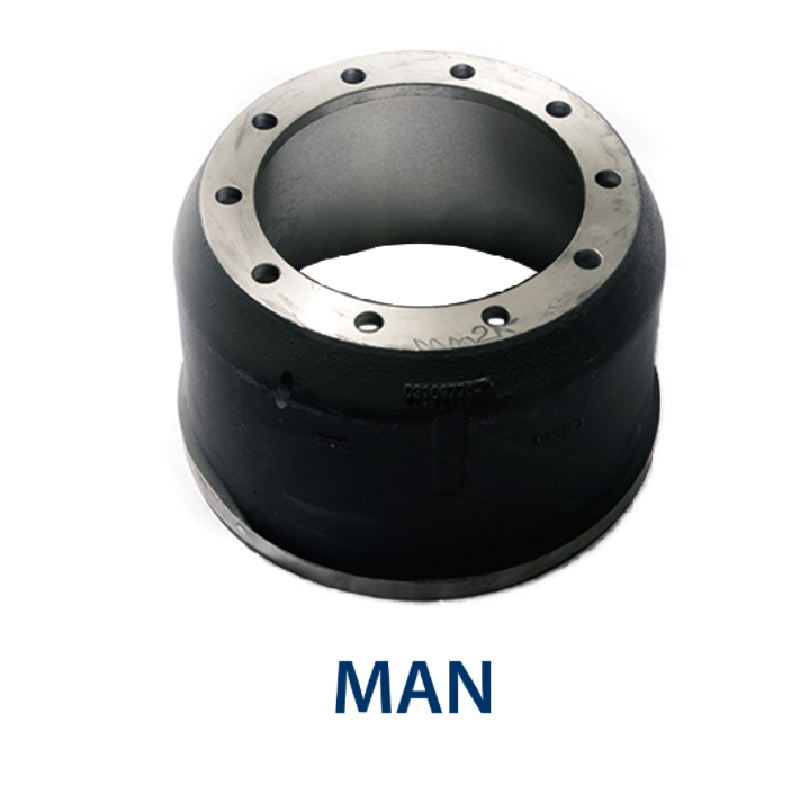Dec . 15, 2024 23:06 Back to list
Brake Drum Seized on Hub Causes Difficulties in Vehicle Maintenance and Repair
Understanding and Overcoming a Stuck Brake Drum Issue
When it comes to vehicle maintenance, brake systems require particular attention to ensure safety and reliability. One common issue that many mechanics and car owners encounter is a brake drum that becomes stuck to the hub. This problem can cause frustration and may lead to costly repairs if not addressed promptly. In this article, we will explore the reasons why a brake drum may become stuck, the implications for vehicle performance, and the methods we can employ to rectify the situation.
Why Does a Brake Drum Get Stuck?
A brake drum can become fused to the hub for several reasons, often revolving around issues like rust, corrosion, and improper installation. Over time, moisture can accumulate around the brake assembly, leading to rust formation. When a drum is not removed frequently, this rust can create a strong bond between the drum and the hub. Additionally, if the vehicle has experienced heavy rain or has been driven in harsh weather conditions, debris and moisture can accelerate corrosion.
Furthermore, the problem can be exacerbated by a lack of maintenance. If a vehicle hasn’t had its brake system inspected or serviced regularly, the buildup of dust and grime can also contribute to a stuck drum. Issues such as worn-out brake shoes can create uneven contact with the drum, leading to increased friction and making it difficult to remove.
Improper installation can also play a role in this issue. If the drum was not aligned correctly, or if the wheel bearings were not installed properly, this misalignment might cause the drum to bond with the hub tighter over time.
Implications of a Stuck Brake Drum
A stuck brake drum can lead to a variety of issues. For one, it can affect the braking performance of a vehicle. If the drum is stuck, it can prevent proper engagement and disengagement of the brakes, leading to uneven wear on the brakes and potentially compromising safety.
Moreover, attempting to drive a vehicle with a stuck brake drum can lead to overheating. When the drum cannot rotate freely, it can create excessive heat, which may warp the drum and damage the brake components. This scenario could result in costly repairs, including drum replacement and additional repairs to the braking system.
How to Remedy a Stuck Brake Drum
brake drum stuck to hub

Fortunately, there are several strategies to remedy a stuck brake drum. Here are some practical steps to consider
1. Inspection Begin by examining the brake assembly to confirm that the drum is, in fact, stuck. Look for signs of rust or corrosion, and check for any visible damage. Ensure that no components are obstructing the release mechanism.
2. Apply Penetrating Oil If rust is evident, applying a penetrating oil around the circumference of the drum can help. Allow it to soak for several minutes, as this can loosen the corrosion and make removal more manageable.
3. Use a Rubber Mallet Sometimes, a gentle tapping with a rubber mallet around the edges of the drum can help break the bond between the drum and the hub. Be cautious not to use excessive force, as this could lead to damage.
4. Heat Application In some cases, applying heat to the drum can expand the metal and break the bond. A heat gun or propane torch should be used carefully, ensuring not to overheat and damage surrounding components or cause a fire hazard.
5. Brute Force If all else fails, using a drum puller may be necessary. A drum puller can provide the mechanical advantage needed to remove a stuck drum. However, it’s important to proceed with caution to avoid damaging the brake components.
6. Regular Maintenance Preventive measures are essential. Regularly check and service the brake system, cleaning and inspecting the drums and shoes. Regular lubrication can also help minimize the chances of future sticking.
Conclusion
While a stuck brake drum can be a troublesome issue, understanding the causes and solutions allows vehicle owners and mechanics to address the problem effectively. Regular preventive maintenance, combined with appropriate techniques for drum removal, can help ensure safe and reliable braking performance. Staying informed and proactive with brake system upkeep is crucial for the longevity of any vehicle.
-
Your Brake Drum Man: Premium & Reliable Brake Drums for Sale
NewsAug.18,2025
-
ROR Web Development: Build Fast, Scalable, Secure Apps
NewsAug.17,2025
-
Scania Brake Drums: OEM Quality for Optimal Safety & Durability
NewsAug.16,2025
-
R.V.I: Advanced Remote Visual Inspection for Precision
NewsAug.15,2025
-
Discover HYUNDA: Innovative Vehicles, Equipment & Solutions
NewsAug.14,2025
-
R.V.I: Unlock Advanced Insights & Real-time Performance
NewsAug.13,2025
